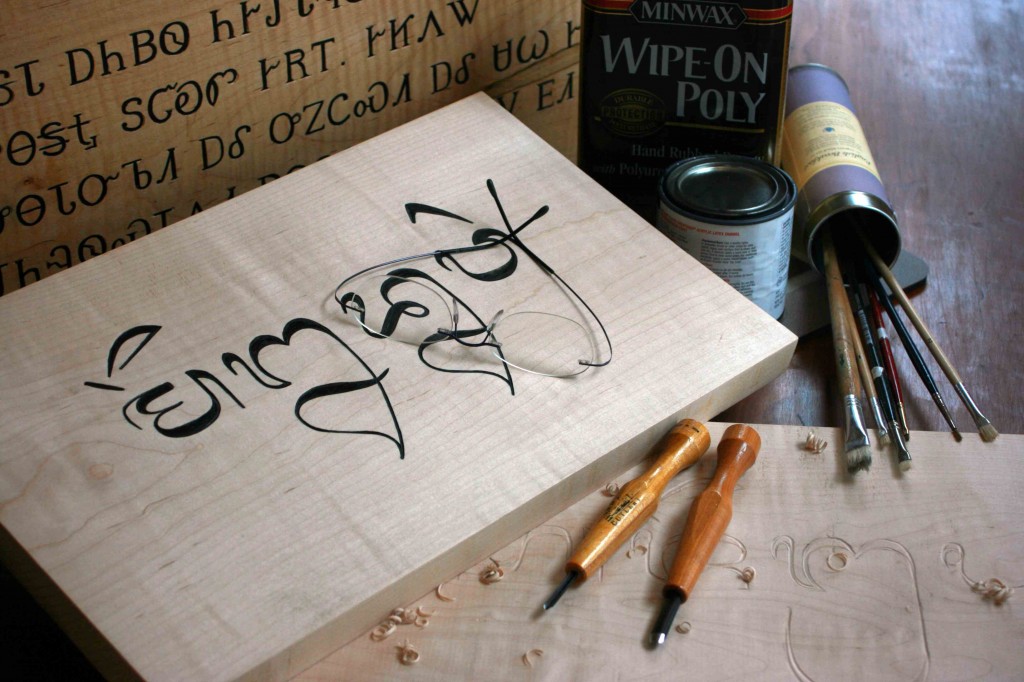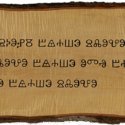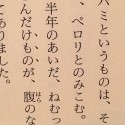There’s a great hubbub among linguists—though (regrettably) not among the world at large—about the thousands of languages that are slated to evaporate over the coming decades as small languages with few speakers give way to the few politically strong languages of the world. Losing languages means losing cultural heritage: history, mythology, perspectives. If you’d like to learn more, I suggest checking out the Endangered Languages Project, which seeks to document as many of these languages as possible before it’s too late.
As regular readers of ScratchTap (or afternoon thinkers on the matter) surely know, languages does not equal writing, though it is easy to mistake them as one and the same. Thus, even the linguists who fret over the disappearance of languages seldom consider the disappearance of the writing systems used to encode those languages. Such a loss is just as grave.
I recently found out about a new project by Tim Brookes called Endangered Alphabets, a traveling exhibition and philosophy dedicated to this issue. The project’s home page summarizes its mission nicely:
Writing has become so dominated by a small number of global cultures that those 6,000-7,000 languages are written in fewer than 100 alphabets. Moreover, at least a third of the world’s remaining alphabets are endangered–-no longer taught in schools, no longer used for commerce or government, understood only by a few elders, restricted to a few monasteries or used only in ceremonial documents, magic spells, or secret love letters.
The Endangered Alphabets Project, which consists of an exhibition of carvings and a book, is the first-ever attempt to bring attention to this issue–and to do so by creating unforgettable, enigmatic artwork.
The Endangered Alphabets are not only a unique and vivid way of demonstrating the issue of disappearing languages and the global loss of cultural diversity, they are also remarkable and thought-provoking pieces of art. These two threads interweave to raise all kinds of questions about writing itself: how it developed, how it spread across the globe, how the same alphabet took on radically different forms, like Darwin’s finches, on neighboring islands, and how developments in technology affected writing, and vice versa.
Without further ado, check out the Endangered Alphabets website. You can see pieces from the exhibition, learn more about the project, and even purchase a piece of art for yourself. (Tim does commissions!)
I’m a big fan of bringing issues to light in multiple ways. Sure, we have scholars writing books on the disappearance of writing systems, but those can only reach so many. This project will reach a different audience. In the future, I hope there will be other projects that will reach even more.

 Follow
Follow


Thanks so much for your post about the Endangered Alphabets–and for your blog in general, which I had not seen before but now intend to follow! You’ve got some great topics and very interesting questions.
Cheers,
Tim